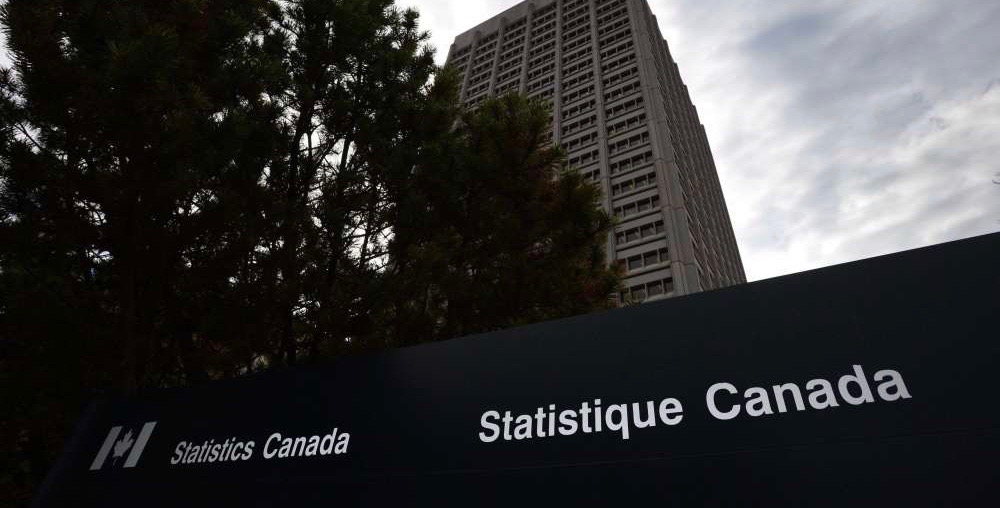
The latest unemployment rates have been released from Statistics Canada and the situation looks even more daunting than last month.
Nearly two million jobs were lost in April, following a drop of more than a million in March, according to Statistics Canada.
The Canadian job loss is a near-record high, as the closure of non-essential services due to COVID-19 forced businesses to shutter temporarily.
The loss of 1,993,800 jobs adds to those lost in March, and doesn’t account for the millions more having their hours and incomes slashed, said Stats Canada.
According to the government agency, the unemployment rate soared to 13.0 per cent as the full force of the pandemic hit, compared with 7.8 per cent in March.
It was the second-highest unemployment rate on record as job losses spread beyond the service sector to include construction, manufacturing and beyond.
Here in British Columbia, the unemployment rate jumped from 7.2 percent to 11.5 percent.
Narrowing in even further, Vancouver Island’s biggest city, Victoria, saw the unemployment rate jump from 4.6 per cent to 7.2 per cent.
Economists, on average, had expected the loss of four million jobs and an unemployment rate of 18 per cent, according to financial markets data firm Refinitiv.
In all, more than one-third of the labour force didn’t work or had reduced hours in April, an “underutilization rate” that was more than three times higher than in February before the pandemic struck.
“Canadians should be confident that we will do whatever we can to ensure that their jobs are safe as we continue to fight the global COVID-19 outbreak,” a trio of federal cabinet ministers said in a joint statement this morning in response to the jobs report.
“As provinces and territories begin to lift restrictions and our government continues to take steps towards economic recovery, we will be there for Canadians.”
Vulnerable workers who tend to have part-time or temporary work, or in low-paying jobs have been particularly impacted with heavy job losses. Women have seen larger job losses overall, but the number of men out of work in April closed the gender gap in cumulative unemployment losses.
Nearly all of the job losses for men since February were in full-time work, compared to 69.9 per cent for women.
“This, combined with the different industries in which men and women have lost their jobs _ for example, more job losses among men have been in construction, and fewer have been in retail trade _ signals that the challenges associated with recovering from the COVID-19 economic shutdown may be different for women and men,” the labour force survey says.
In March, health restrictions forced the closure of non-essential businesses, leading to layoffs and cuts in work hours as companies tried to manage costs without enough or any revenue coming in.
Hard-hit sectors at the outset include retail, hotels, restaurants and bars, which continued to see losses in April. The losses in the service sector continued in April, down 1.4 million or 9.6 per cent, Statistics Canada said in their report.
With files to Canadian Press




